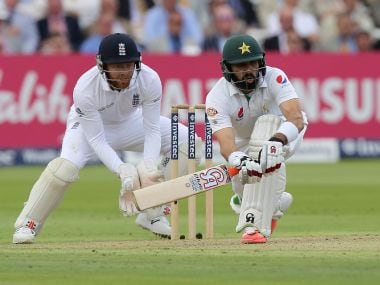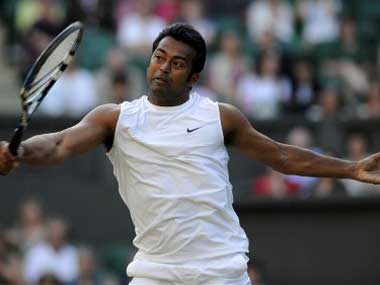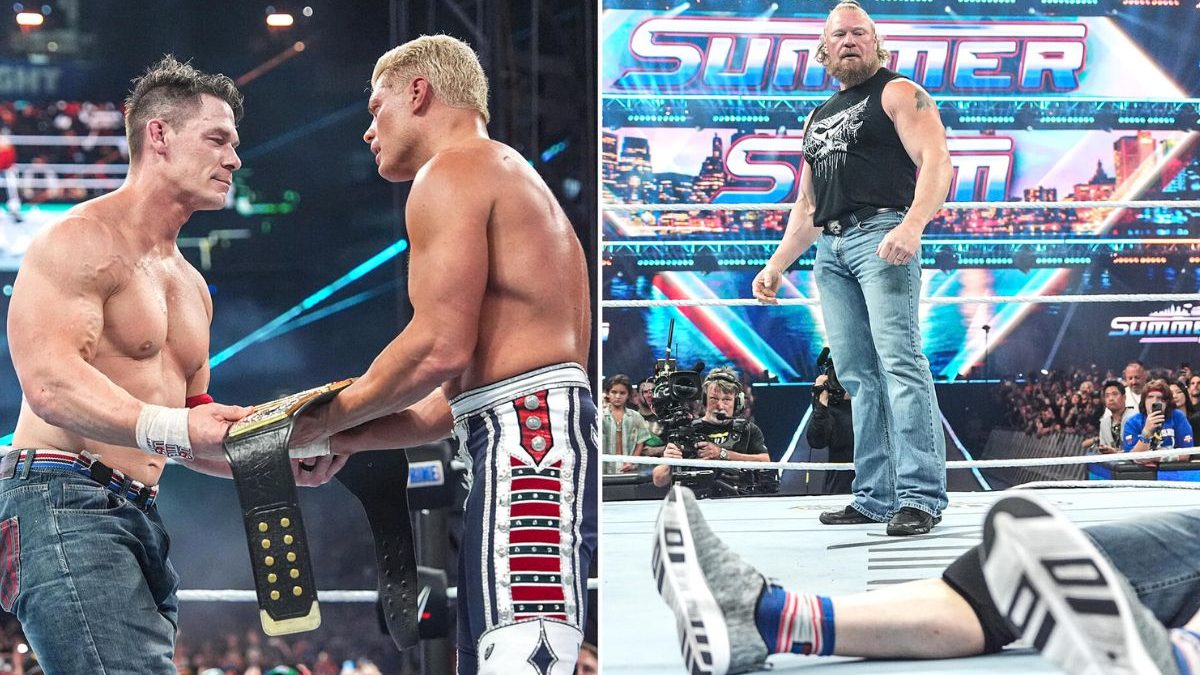The month of July has given us much to smile about. First there was Misbah-ul-Haq, who etched his name on the honour board at Lord’s, defying the odds and the clock. As much as his match winning efforts were a pleasure to watch, his colourful celebrations were even more poignant. And as the month reached its sunset, we saw Rangana Herath take his ninth wicket in the match to hand Australia another uncomfortably familiar loss in Asia. [caption id=“attachment_2926872” align=“alignleft” width=“380”]  Misbah-ul-Haq. AFP[/caption] Much more class was bookended between these two achievements. There were 22-carat double centuries from Virat Kohli and Joe Root, an all round exhibition from Ravichandran Ashwin, and an exciting debut from Lakshan Sandakan. And yet among these achievements, those of Misbah and Herath stand out. As Herath spun yet another web around the hapless opposition, he was 38 years, four months, and 12 days old. And when Misbah showed the world his push up skills, he was an astounding 42 years and 47 days old. What is it about the sportspeople of a certain age that makes us viewers discard our nationality for a moment and will them to succeed? The universal admiration these two men have garnered is not just because they are thoroughly likeable, or because they have great work ethic, but also because of the rarity in sport of success at that age. And yet such examples are not as rare as we think. One only has to look to the Olympics for more inspiration. US swimmer Dara Torres won three Olympic medals at the age of 41 in Beijing. Nick Skelton, the British Show jumper, will participate in his seventh Olympics at the age of 58 (this after breaking his neck in the year 2000). Oksana Chusovitina will represent Uzbekistan at the age of 41 in gymnastics, a sport where age is the enemy. India’s very own Leander Paes will also be a part of his seventh Games, at the age of 43. The universally accepted theory of ageing, the ‘wear and tear theory’, makes perfect sense if you think of the body as a machine. Thing is, it’s not. My memory revisited the days I studied biology, and I remembered a professor telling us how the human body keeps replacing every cell in a certain time. Although it is a bit of an overreach to say so, human beings get a new body every seven to 10 years. Of course there are exceptions to this process: nerve cells do not show this behaviour for instance. But to think of our bodies as we do of appliances, shiny edges and smooth engines when they arrive, only to slow down and wear away with use and time, is a fundamentally flawed approach. And there are many athletes who prove this every day. [caption id=“attachment_2926882” align=“alignright” width=“380”]  Leander Paes. AFP[/caption] This forces us to examine our own concepts of age. Is it really a physically limiting factor, or is it yet another perception we can and should shed, like an old sweater? I myself was fitter when I retired than I was when I made my debut for India. If one deliberately takes care of the body, and I’m not talking about anti-ageing creams, is it just a question of how long the mind wants to keep going? Ten years ago, Rohit Brijnath wrote this about Leander Paes: “One day his worn out legs will revolt, his lungs will mutiny, his shoulder will press charges, and then, finally, reluctantly, he’ll drag himself off court, mothball his passion, lock away his rage.” Today, Paes is one half of one of the most successful mixed doubles partnerships in history. In every sense, he is the embodiment of the cliché, ‘mind over matter’. Think back now, for a moment, to the last family dinner you attended. Wasn’t there a toddler crooning out the new song she learnt in school? Wasn’t there a septuagenarian regaling the audience with a beautiful rendition of a Rafi song? Aren’t these shows of talent by young and old more valuable, purely because they come from young and old, from those you would not usually associate talent with? Professional sport is no genial family affair, but is unforgiving, blind to the crows feet around the eyes, aware only of the seconds on the clock. This fact only embellishes the allure of the athlete who should be past his or her prime, but keeps on turning up on the podium. Such athletes draw the viewer in, as few others can, because every time they do something that age should deem impossible, they tell us that we can too. Sports reflect the societies that play them, said Gideon Haigh recently. If an athlete of above average age wins a medal in Rio, it will grab more than headlines. It will grab imaginations – every jump, every stroke, every shot these athletes make would be a statement to society. One that says the limits of the body are imaginary.
Misbah-ul-Haq, Rangana Herath, Leander Paes: What is it about the sportspeople of a certain age that makes us viewers discard our nationality for a moment and will them to succeed?
Advertisement
End of Article


)

)
)
)
)
)
)
)
)



